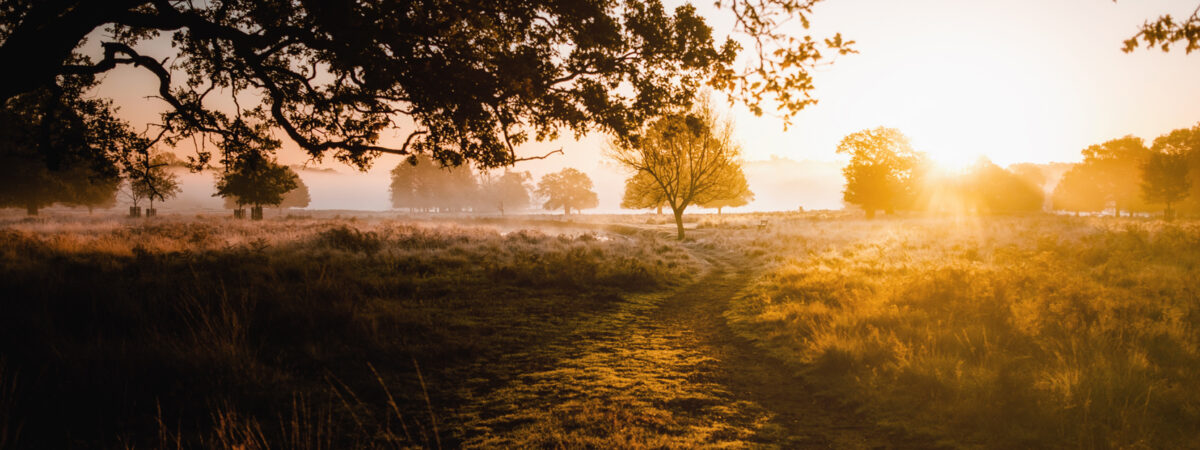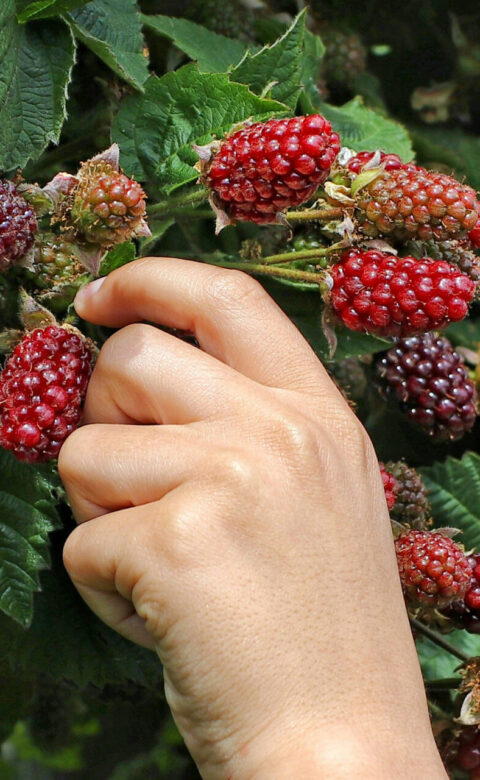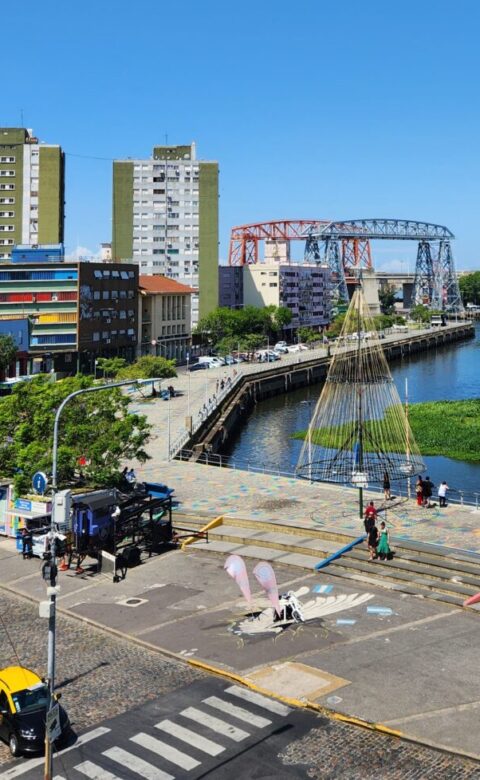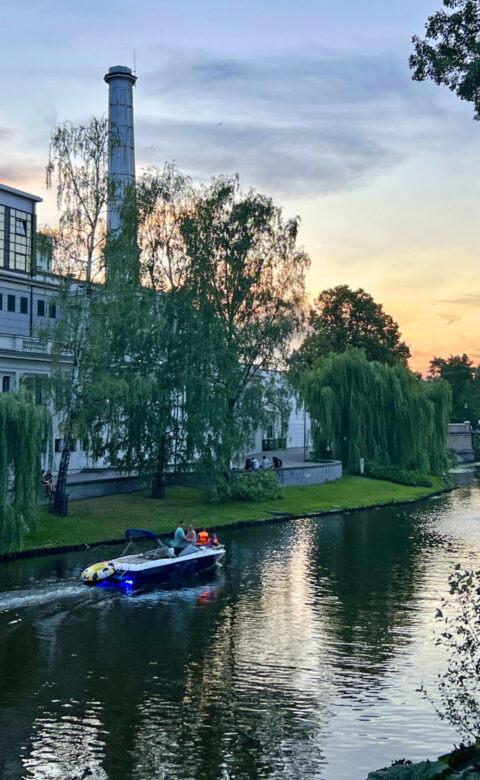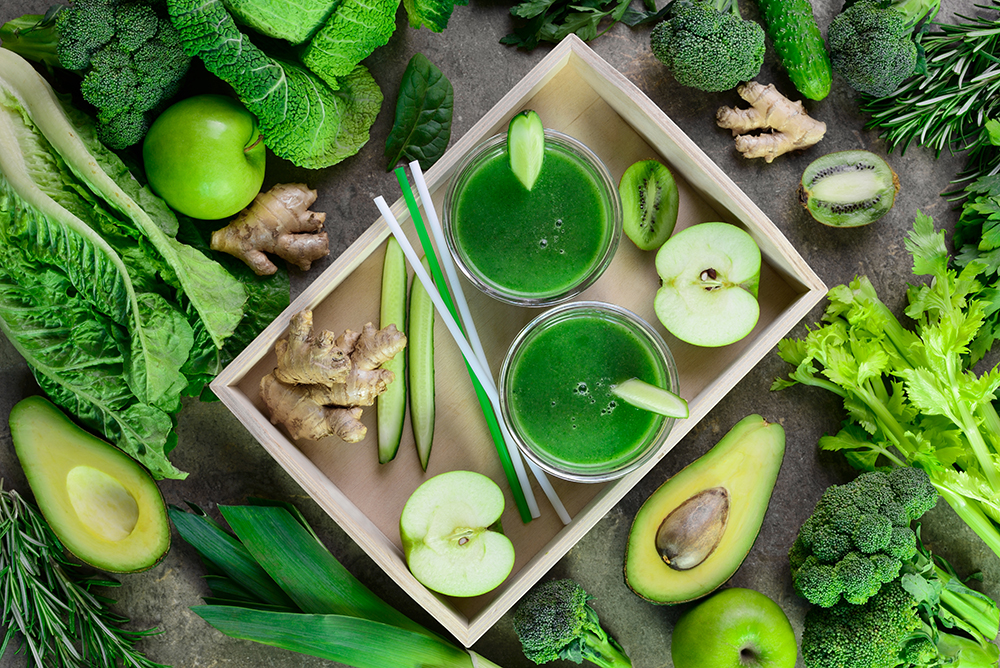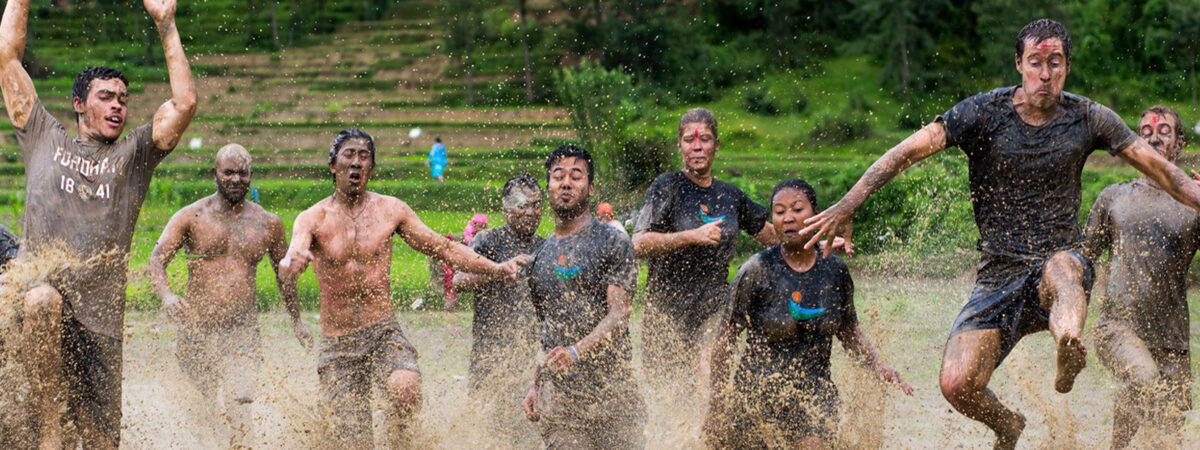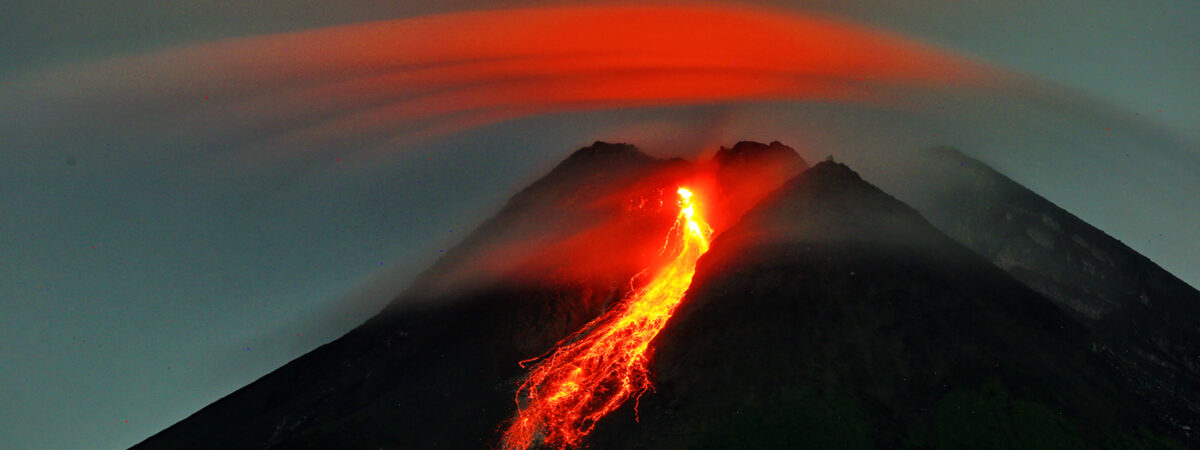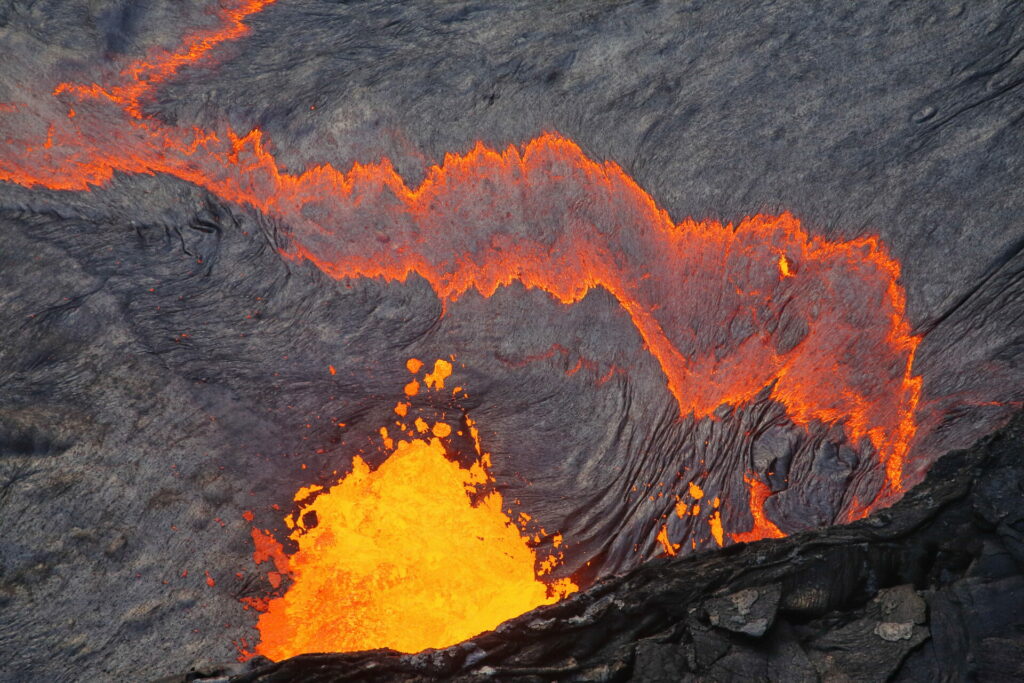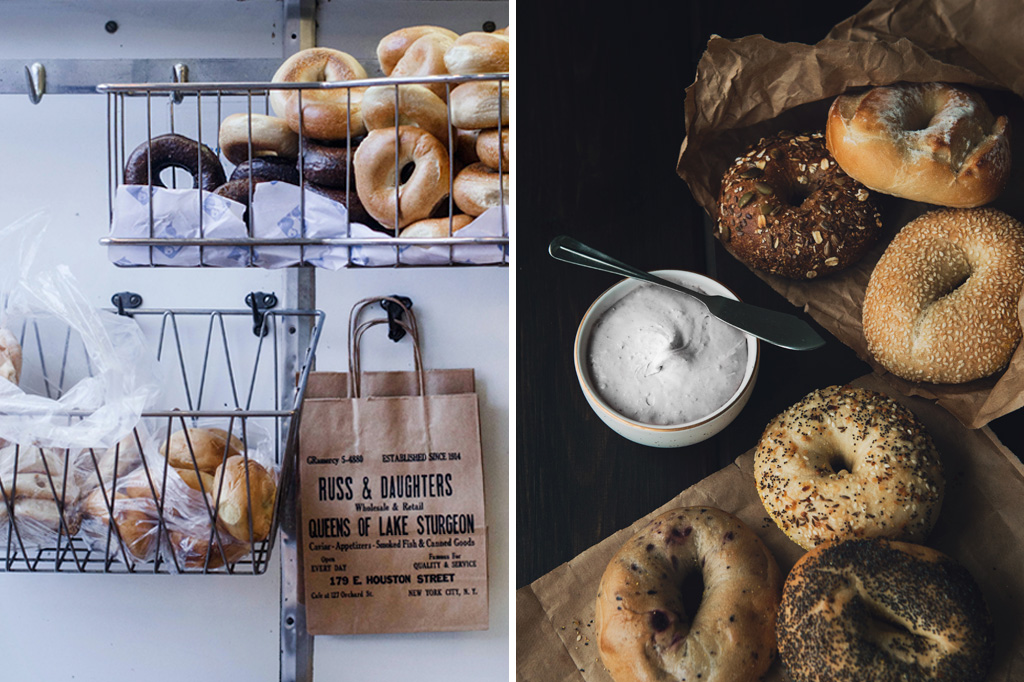Dawn is breaking over the New Forest in southern England; we step lightly through the serene landscape, wanting to leave no trace of our having passed this way. It’s July, a warm morning with mist swirling in the rays of the rising sun, cuckoos calling, and spiderwebs glittering in dewdrop diamonds. As I walk with my companion, there’s a movement across the clearing and a small herd of red deer emerges from the trees. Treading as quietly as we can, we creep along the path, but a sudden ‘CRUNCH!’ rings out like a gunshot and startles us all, human and deer alike; the herd bounds out of sight, melting back into the woods.
Did I step on a sneaky twig hidden in the leaves underfoot? Looking down, instead I see a plastic soft drink bottle nestled in the undergrowth beneath my hiking boot. In otherwise pristine natural environments, reminders of humans’ unfortunate tendency to leave their mark on the world — with what they carelessly leave behind — are all too frequent.
The potential to do harm to our surroundings first gained attention in the United States in the 1960s and 1970s, as outdoor recreation rose in popularity when camping gear became easier to use and cheaper to obtain. Combined with a commercial interest in the activity as a moneymaking proposition, between 1950 and 1970 there was a five-fold increase in visitors to US National Parks. Though this new infatuation with the great outdoors came with benefits — spurring newfound enthusiasm for nature and wildlife — it also caused concern that the wilderness might well be loved to death if we weren’t careful.
Regulations were imposed to manage the use of wild areas and address overcrowding and ecological damage. But a backlash against this, with an outcry that rules removed the spontaneity from outdoor recreation and dampened its joy, inspired a shift to education as a tactic. The National Park Service, United States Forest Service, and the Bureau of Land Management teamed up to train Wilderness Informational Specialists who in turn taught visitors about minimal-impact camping. In 1987 a pamphlet titled ‘Leave “No Trace” Land Ethics’ was published by the agencies, and ‘if you pack it in, you have to pack it out’ became outdoorspeople’s words to live by.
Minimum-impact camping techniques were embraced by organisations from the Sierra Club to the Boy Scouts, while outdoor companies got on board, promoting these ethics to consumers by giving conservation a commercial stamp of approval. Through the 1990s, Leave No Trace principles were refined and condensed; from an original 75 principles, by 1999 the list was finalised to seven; and it’s remained unchanged since. The success of the programme and the growing need for worldwide awareness has seen it go global with Leave No Trace organizations including Canada, Ireland, Japan and New Zealand.
In the words of the Leave No Trace Center for Outdoor Ethics, “The Seven Principles of Leave No Trace provide an easily understood framework of minimum impact practices for anyone visiting the outdoors. Although Leave No Trace has its roots in the countryside, the Principles have been adapted so that they can be applied anywhere — from remote areas, to local parks and even in your own neighbourhood. They also apply to almost every recreational activity. Each Principle covers a specific topic and provides detailed information for minimising impacts.”
The Seven Principles are:
- Principle 1: Plan Ahead and Prepare
- Principle 2: Travel and Camp on Durable Surfaces
- Principle 3: Dispose of Waste Properly
- Principle 4: Leave What You Find
- Principle 5: Minimise Campfire Impacts
- Principle 6: Respect Wildlife
- Principle 7: Be Considerate of Others
The Leave No Trace organization goes on to explain that these Principles are a living, breathing system — much like the environment they protect: “The Seven Principles are well established and widely known, but they are not static. Leave No Trace continually examines, evaluates and reshapes the Principles. The organization’s Education Department conducts research — including publishing scholarly articles in independent journals — to ensure that the Principles are up to date with the latest insights from biologists, land managers and other leaders in outdoor education.”
As they also say, we are the solution to conservation; this process relies on us. By following the principles of Leave No Trace and being mindful of the impact we can have while we move through the outdoors, we improve the planet for ourselves and all the living things that share it with us. There are many ways to make your lasting mark on this world — but not through what you disturb during your wilderness exploration, or with any discarded items you leave behind afterwards.
Practising these principles is simplicity itself. Make it hard for any other living beings to see or hear you while you’re there; and once you’re gone, vanish completely — like the herd of deer I inadvertently scared away on that summer morning in England.

